Petroglyph & Rock Art Tours

Protected: Shoshone Art and Beadwork; Continuity and Change in the Northern Rockies

There is no excerpt because this is a protected post.
Chief Washakie of the Shoshone – A Photographic Essay by Henry E. Stamm, IV, Ph.D.
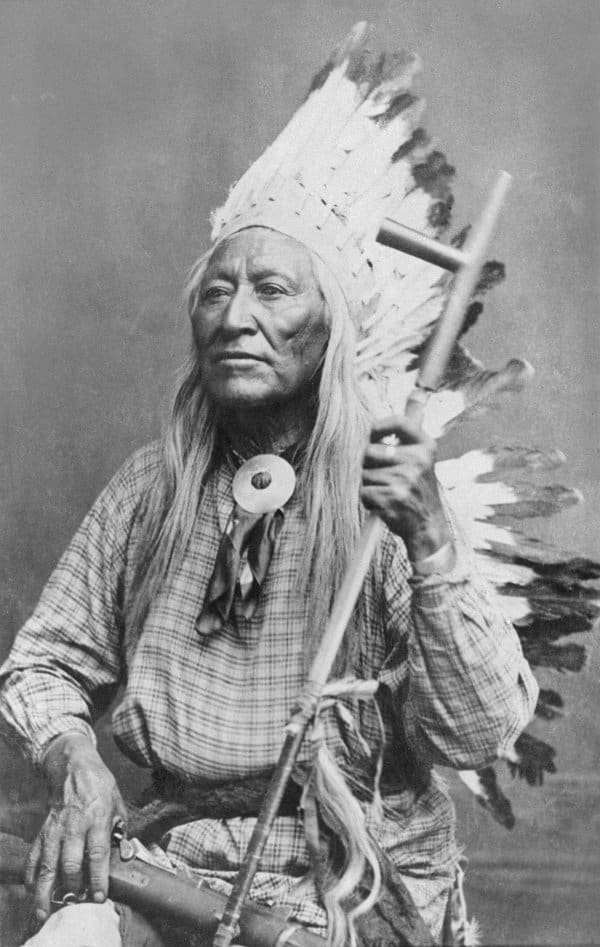
Chief Washakie (born circa 1804-1810, died 1900) is perhaps the most famous of all Eastern Shoshone headmen and leaders. Known for his prowess as both warrior and statesperson, Washakie played a prominent role in the territorial and statehood development of Idaho, Montana, Utah, and Wyoming. He hunted and trapped with famous mountain man Jim Bridger, […]
Hultkrantz Photographic Collection by Dr. Ake Hultkrantz
By Dr. Ake Hultkrantz, Professor Emeritus of Comparative Religion University of Stockholm, Sweden The photographs in this collection are used with the permission of Dr.Ake Hultkrantz, retired professor of religion at the University of Stockholm, Sweden. Taken by Prof. Hultkrantz during the years he conducted field work on the Wind River Indian Reservation in Wyoming, between […]
The Imagery of Sacagawea by Brian W. Dippie

It is astonishing how much has been written about Sacagawea given the paucity of hard information on her. There are few documentary sources apart from the Lewis and Clark journals, and even the derivation and spelling of her name is at issue. Should it be Sacajawea, supposedly a Shoshone word meaning “Boat -Launcher.” or should […]
Tim McCoy – Photo Gallery

Tim McCoy (1891-1978) lived a good, long life and he is remembered in various ways. Some folks think of him as the hero of nearly a hundred Hollywood Western films, silent and talkie adventures made during the 1920s, 1930s and 1940s. Others remember him as a Wyoming cowboy, perhaps as the state’s adjutant general.
Chittim Photo Collection
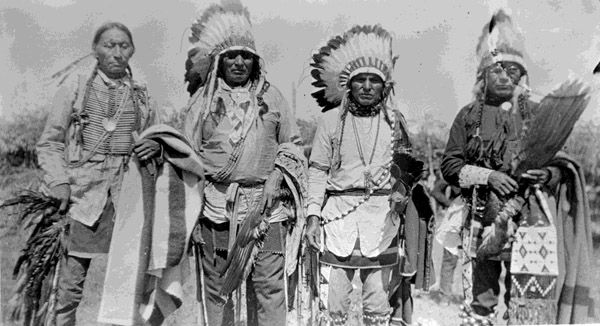
Wind River Treaty Documents
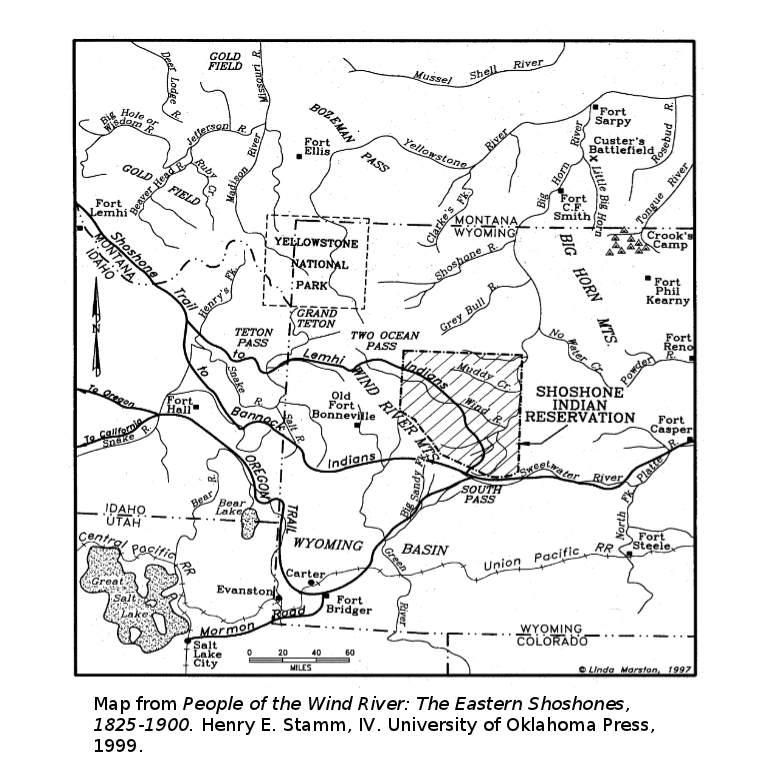
TREATIES AND AGREEMENTS BETWEEN THE EASTERN SHOSHONES AND THE UNITED STATES Introduction The Eastern Shoshones, who live on the Wind River Indian Reservation in Wyoming, have a long history of treaties and agreements with the United States government. In this section, you will learn about the history of treaties and agreements between Indian people and […]
From Trout Creek to “Gravy High” – Student Memories
Lucy Bonatsie Describes life in boarding school, chores, classes, Indian police, language, farming at the school, run-aways and life in a walled tent. View/Download transcript in PDF format (26 pp; 40K) Tommy Brown Describes school at St. Stephen’s school, language, discipline; trader, farming. (A very difficult tape to transcribe). View/Download transcript in PDF format (8 pp; 16K) […]
From Trout Creek to Gravy High: Boarding School Experience at Wind River — Photo Exhibit
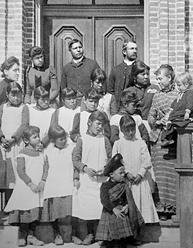
1. Uniformed girls at Shoshone Episcopal Girls School, ca. 1885-1895 (Beatrice Crofts Collection) The pastoral quality of this photo, with little girls in white pinifores gathered together as though for protection, illustrates the idea of the mission as a place of safety and refuge. As opposed to the Government and larger, off-reservation boarding schools, both […]
Tim McCoy: The Real/Reel Life of a Wind River Cowboy

Tim McCoy (1891-1978) lived a good, long life and he is remembered in various ways. Some folks think of him as the hero of nearly a hundred Hollywood Western films, silent and talkie adventures made during the 1920s, 1930s and 1940s. Others remember him as a Wyoming cowboy, perhaps as the state’s adjutant general. I […]
From Trout Creek to Gravy High: Boarding School Experience at Wind River

by Peter Iverson » Photo Exhibit Introduction It was 1879, three years after the fight with that man who had graduated last in his class at West Point, General Gorge Armstrong Custer. A Lakota youth who had some understanding of whit e public opinion about that Indians of the West impulsively and perhaps against his […]
Protected: The Life and Times of J.K. Moore: Indian Trader and Army Sutler
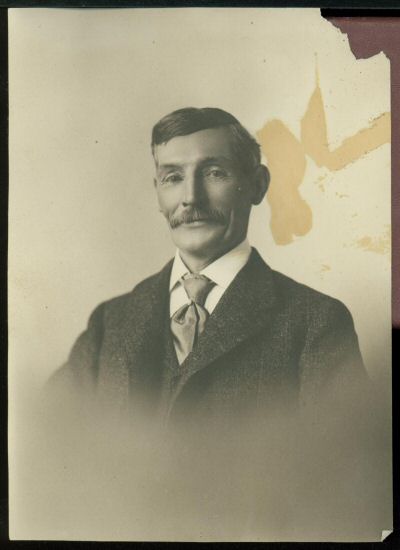
There is no excerpt because this is a protected post.
Protected: Fort Washakie Photo Gallery

There is no excerpt because this is a protected post.
Protected: Ft. Washakie Tales
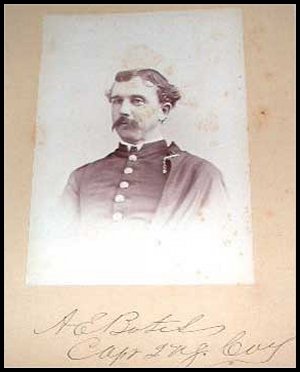
There is no excerpt because this is a protected post.
Archaeological Investigations along the Nez Perce National Historic Trail
The Jackson Hole Historical Society and Museum presented “Archaeological Investigations along the Nez Perce National Historic Trail, YellowstoneNational Park” with Daniel H. Eakin, Senior Archaeologist with the Office of the Wyoming State Archaeologist, on Thursday, March 28 at 7:00 p.m. at the history museum, 225 N. Cache Street. The Nez Perce War of 1877 is […]
Sheep Eater Archaeology: The Bighorn Sheep Bow
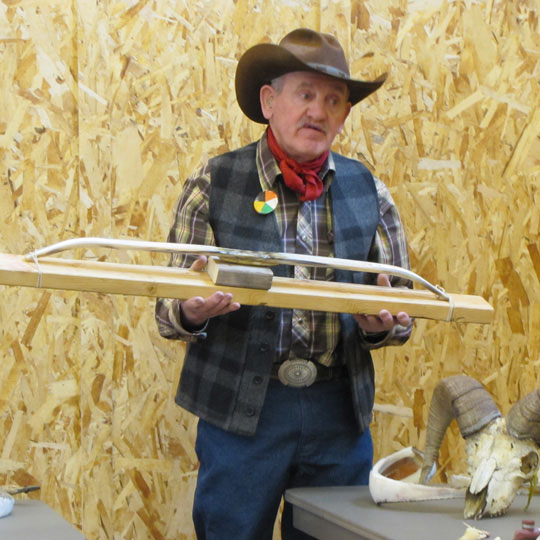
In the first of the Jackson Hole Historical Society and Museum’s new series on Sheep Eater Archaeology and Culture, Tom Lucas of Dubois and Lander demonstrated how the Mountain Indians of the Greater Yellowstone made their highly prized hunting bows out of the horns of bighorn rams. 2013
Grant Bulltail, Crow Indian Storyteller “Crow Memories of the Greater Yellowstone”
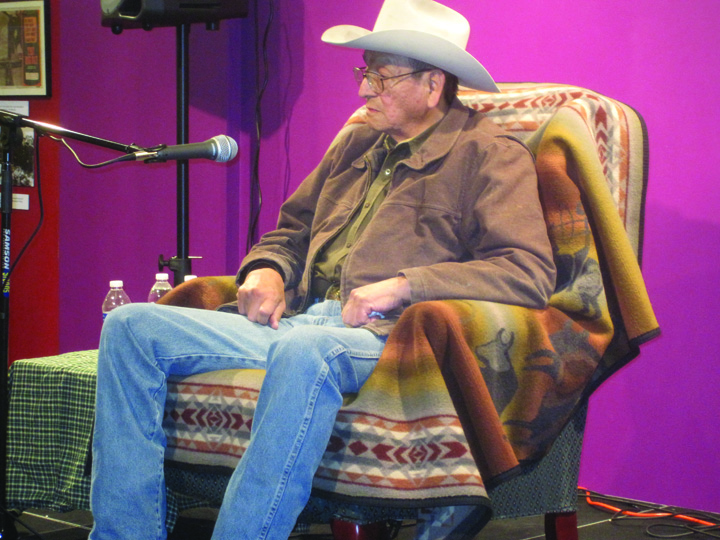
Grant Bulltail, a Crow Indian Storyteller retells stories including “Bishish: Fasting in the Tetons”, “Crow Creation Story”, and “Coyote Stories”. 2013
Wind River Photo Gallery: Digital Resource Center
The following images are from the American Heritage Center at the University of Wyoming and are made available here as part of the “Shoshone Homelands Initiative” with funding provided by the National Park Service Tribal Heritage Foundation, the Jackson Hole Historical Society and Museum, and the Kemmer Family Foundation. Note: Please credit the American Heritage […]
An Introduction to the Wind River Indian Reservation of Wyoming
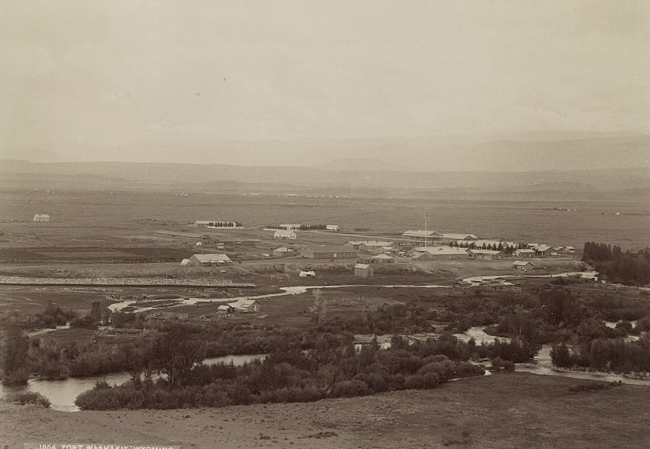
An Introduction to the Wind River Indian Reservation Like many western states, Wyoming has an Indian reservation within its borders. The Wind River Indian Reservation contains over 2.2 million acres located in the central part of the state. It is home for the Eastern Shoshone and Northern Arapaho tribes. While the Arapahos have more members […]
Protected: Chief Joseph and the Nez Pierce Indians by Dr. William R. Swaggerty
There is no excerpt because this is a protected post.
Master Engineers: A Shoshone Sheep Trap by Ron Mamot
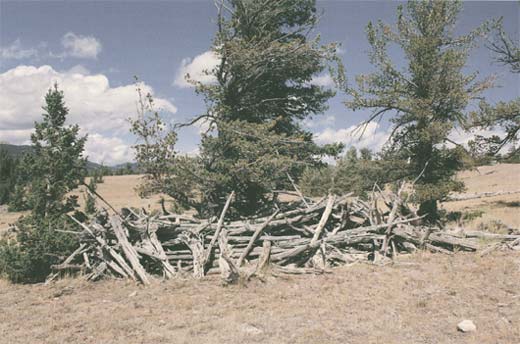
Part 1: Introduction A herd of Rocky Mountain big horn sheep slowly graze their way up the grassy slope. As the herd of sheep nears the top approaching the tree line that marks the peak of the ridge preceding the next river drainage, something catches the lead sheep’s attention. Guiding the herd, it instinctively turns […]
Through the Eyes of Tsutukwanah — Photo Exhibit
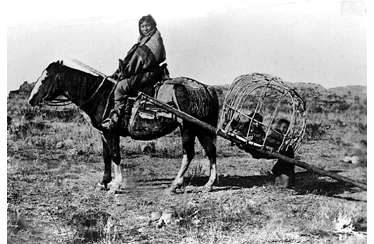
1. Washakie and Shoshones in early camp scene, William H. Jackson, 1871 (Wind River Archives, Central Wyoming College) Taken by professional photographer W. H. Jackson, who traveled through Wyoming with the Hayden Geological Survey in 1871, this photograph highlights an aspect of daily life that has since changed significantly, though perhaps not as rapidly as […]
Through the Eyes of Tsutukwanah: The Reservation Shoshone by Dr. Peter Iverson

On the 3rd of July in 1868, Washakie signed one of the final formal treaties executed between an American Indian community and the United States government. The Fort Bridger treaty established reservation boundaries of over three million acres, enveloping the Warm Valley region that the Shoshone leader particularly prized. Following the usual stipulations in such […]